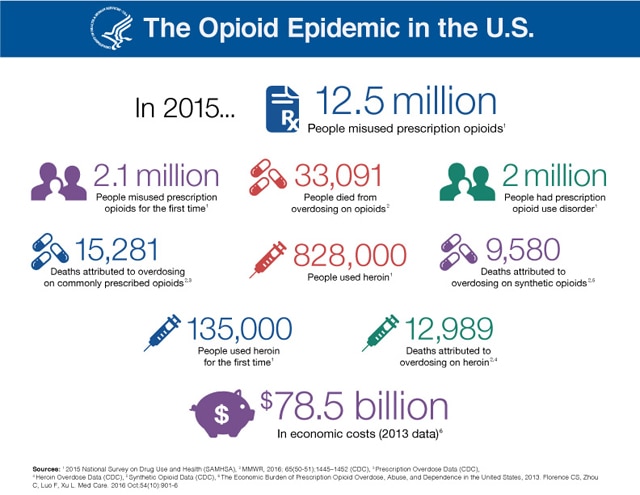We are all relatively aware of the
opioid crisis plaguing the U.S. In 2015, 12.55 million people misused
prescription opioids; over 30,000 died of opioid overdose; 2 million people had
opioid prescription disorder; 828,000 people used heroin; and 12,989 deaths
were attributed to heroin overdose. “Since 1999, two hundred
thousand Americans have died from overdoses related to OxyContin and other
prescription opioids” (Keefe, The New Yorker). The economic cost of
this crisis is close to 78.5 billion. This number was from data gathered up
until 2013.
All this can be attributed to the
creative advertising of one man—Dr. Arthur Sackler. His
brothers Mortimer and Raymond also contributed.
Let’s start at the beginning.
Arthur was both a doctor and advertising genius. You know those commercials
advertising a new kind of anti-depressant, laxative, birth- control, asthma
medicine or any kind of medicine? The ones that show a struggling mother battling
depression, then taking the prescription medicine being advertised and suddenly
gaining control of her whole life? Then the soft, low voice in the background
garbles on about all the doctors and health care providers who support this
drug, along with the side effects. Arthur created that. He realized that there
was no real advertising for medicine. He revolutionized this field by “recognizing
that selling new drugs requires a seduction of not just the patient but the
doctor who writes the prescription” (Keefe, The New Yorker).
So now, in 1952, the Sackler brothers
bought a small, humble medicine company called Purdue Frederick which produced
mostly laxatives and ear wax removers. Gross, unassuming medicines. Purdue
Frederick became Purdue Pharma and started to prosper and make a lot of money
under the Sacklers. They created and sold MS Contin, a morphine pill with time
release technology. They made loads of money from this pill. But the patent for
it was going to expire so, naturally, they developed a new drug: OxyContin. OxyContin
contains pure oxycodone (unlike Percocet), and it has the same time release technology
as MS Contin. Before releasing this powerful drug into the market, the Sacklers
had to change doctors’ attitude which was that
such a drug had a dangerous abuse potential of opioids. The Sacklers,
especially Raymond’s son Richard, launched a
marketing campaign to destigmatize the prescription and consumption of opioid
drugs. They claimed that the time release technology reduced the possibility of
abuse. They also marketed OxyContin for all kinds of pain, not just terminal
pain (cancer or death-related). OxyContin was for everyone! Chronic back pain?
Have some Oxy. Arthritis flaring up again? Take an Oxy. Old football injury
annoying you? Have an Oxy!
See the problem?
Here’s a cute photo of old
Arthur Sackler to make you feel better about the millions of deaths he, his
family, their pharmaceutical company, and OxyContin has perpetrated.
P.S. He
died of a heart attack in 1987


Fascinating! I had never know about the tie between opiods and direct-to-consumer advertising.
ReplyDeleteInteresting! But I couldn't understand the difference between MS contin and OxyContin, why was MS Contin not sufficient?
ReplyDeleteThis was so interesting! Those commercials are so common that I’ve never even given a thought as to their origins. Obviously I had no idea there was a link between them and this epidemic. It’s so fascinating how one person’s new idea can affect something in such a huge way.
ReplyDeleteMS Contin stands for morphine sulfate continuous so it's morphine in tablet form designed to be released over a long period of time, typically 12 hrs. OxyContin is oxycodone (which is a synthetic, more powerful and addictive pain reliever) continuous, same design to be released over a period of time. The continuous technology can be bypassed by crushing and snorting the pill or dissolving it and injecting it directly into the vein.
ReplyDelete